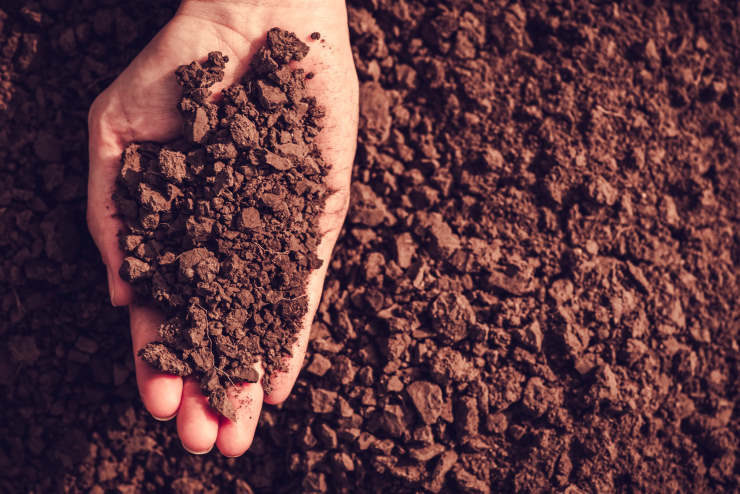How to Grow Avocado From Seed
Introduction
Avocado has become one of the most popular vegetables for about fifteen years. It originated from Middle Mexico, and it has a lot of positive and negative sides. I want to mention some pros and cons to set an understandable scene for readers. Avocado is a vegetable as opposed to misleading thought, which says this plant is a fruit. It includes more protein in comparison with other fruits and vegetables.
No country produces more avocados than Mexico. Mexican cartels earn more than 152 million dollars by manipulating this market. This vegetable is consumed a lot in the USA, especially in California, and the majority of these products come from South America. The only European country which produces this vegetable is Spain. As for the history of avocados, they have been consumed for millions of years, according to fossil records.
Avocado, also called crocodile pear and midshipman butter helps enhance intelligence and operate the brain. It requires 220 gallons of water to cultivate this vegetable. Besides, this should not be forgotten that Avocados are poisonous food for horses. Therefore it should not be given to them. All of these features demonstrate the importance and popularity of this plant. In this article, the question of “How to grow avocado from seed” will be answered elaborately.
Germinating of This Vegetable
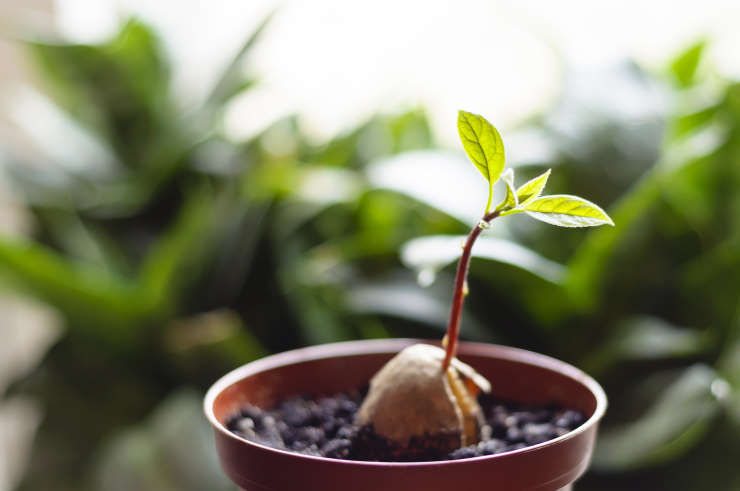
Germination is the most important process for answering the question of how to grow avocados from seed. It would be great to have an avocado tree in your garden if you love eating this vegetable or if you love adding this vegetable to your salad or mezze. Cultivating an avocado tree is not difficult, but it takes too much time for a tree to grow. You should start by germinating to plant a tree. They should find an organic avocado and cut this vegetable into two slices. The easiest way to cut this vegetable is to slice it vertically, which helps shape the seed. After slicing the plant, you should take the seed out from another half.
After taking out the seed, you should find the upper surface of the seed. It is difficult to find out avocado seeds’ bottom and upper surfaces, so planters could slog on distinguishing them. However, it must not be forgotten that the bottom of the seed where roots grow has a straight shape while the upper surface where sprouts grow has a pointy shape.
The third step in preparing the vegetable to plant is adding toothpicks. Toothpicks are indispensable for the cultivation of avocados. This plant is cultivated faster and more efficiently when submerged in the water’s bottom point. You should get a few toothpicks and pierce the middle part of the seed via these toothpicks. The distance between these toothpicks is very important because they should be placed at equal intervals. Finally, you should not pierce the seed too deeply since it can split the seed in two, which is detrimental to germination.

The next step for germination is placing an avocado seed on a glass filled with water. One half of the seed should be submerged in water, and the other half should be away from the water. A transparent glass cup is very beneficial in observing roots growing perfectly. You should change the water on regular terms to hinder bacteria and mushrooms. They are freshening the water once a week would be sufficient for healthy germination.
A few days later, planters can notice that the root is growing, and they can also notice that a sprout is germinated. The sprouts must be kept in a slightly light place that does not get the sunlight directly. When the sprouts reach 15 cm height, it is ready to be planted in the soil. It must be planted in a place that gets sunlight directly; after that, you can enjoy observing the development of the avocado tree.
The Plantation of Avocado Saplings
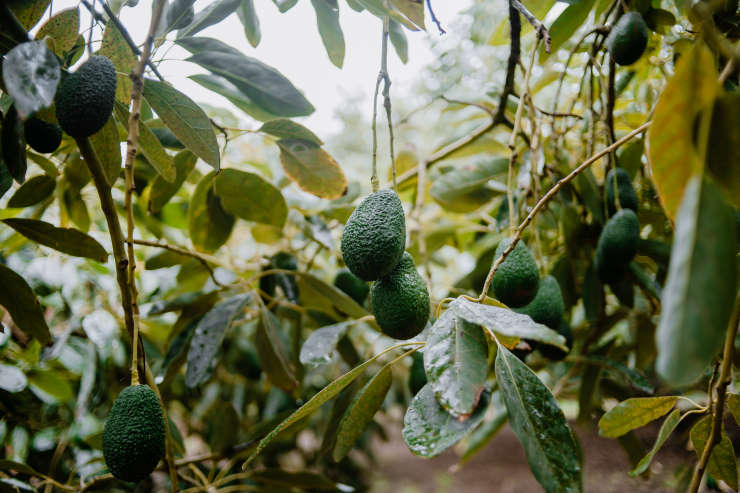
The plant intervals bear great importance on the healthy cultivation of this plant. The interval between this plant depends on the soil type, variety of avocados, and the quality of the sapling. However, in general, short intervals are preferred for this plant. These trees could be brought under control by pruning to get a more efficient product. The pits should be at least 60 cm deep, and it would be better to dig plantation pits in the previous Autumn.
As for the plantation time, the saplings are generally planted in spring. They are generally planted in March or April because it is not cold anymore in these months. It can also be planted in Autumn in some places where it is warm Autumn. You should avoid making deep plantations; after plantation, the saplings would be given sap and water with great attention.
The Maintenance of Saplings
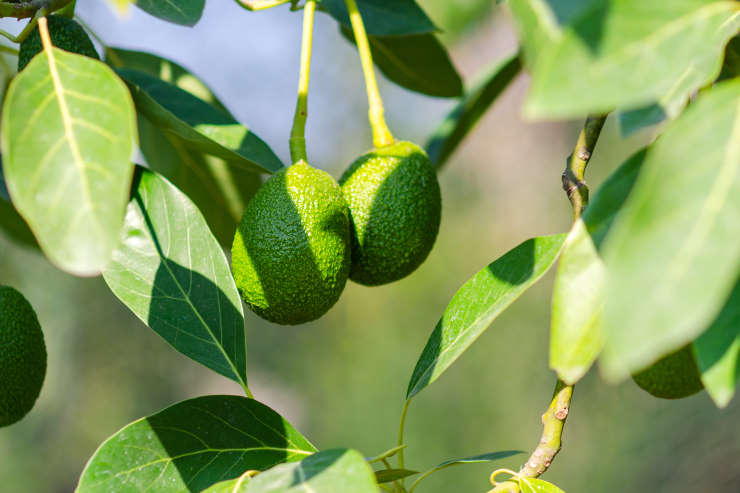
Culturing avocado trees is not difficult, but you should still be attentive to this plant’s maintenance. Saplings should be protected from solar exposure after planting because they are grown in environments generally in shade environments. They also should be protected from low temperatures in the winter months. Shading the saplings with some materials, including cloth or a leaf, could be one of the numerous solutions to this problem. Besides, wrapping the plant’s stem with paper or another material would benefit sunlight protection.
There will be some unfamiliar and harmful weeds around the planted saplings. These weeds should be taken away by sweeping and cleaning. It is advised to clean these weeds by using an anchor after watering the plants. Also, you could use some pesticides to kill those harmful weeds or to prevent the root from harmful effects. Deep pits are not appropriate for these avocado trees, so planters should be careful about this issue. These trees are similar to citrus fruits in this respect.
Fertilization of Avocado Sprouts
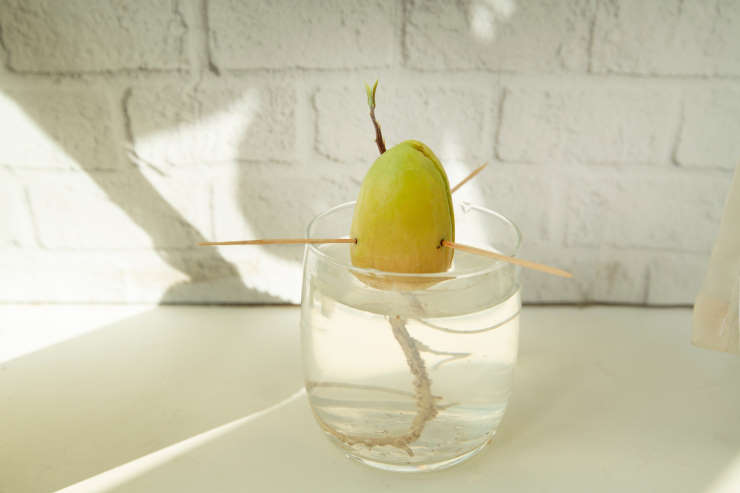
These sprouts should be fertilized when they start to grow after the plantation. The most prevalent fertilizers used in avocado cultivation are nitrogen fertilizers. Nitrogen fertilization should be made attentively and should be gradually increased each year. Fertilizers should not be gotten in touch with plant stems. Therefore, it should be given away from the stem for better cultivation. You should not neglect to water the plant after fertilization.
Avocado trees need fertilizers mostly during the process of flowering and fruit set. The most appropriate time for fertilizing is the spring months, which are March, April, and May. Also, they are frequently given fertilizers in February. The amount of fertilizers is also a significant issue. The best way to determine the number of fertilizers is to fertilize by analyzing soil and leaves. The soil must be analyzed before plantation, and the leaves should be analyzed after the tree leaves have grown enough to examine.
The Irrigation of The Plant
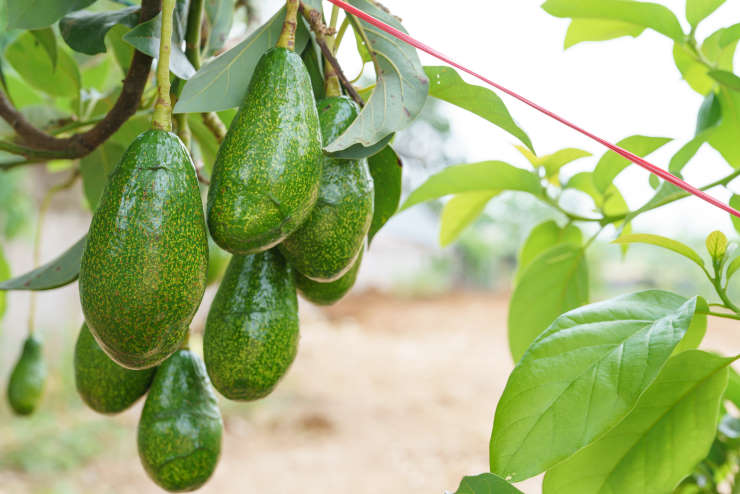
This plant can be irrigated by using a tool called furrow. The frequency of irrigation depends on the soil type and climate. However, they should be watered enough to drench the root, and it is sufficient for this plant to be watered once a week or once in 10 days. You should avoid irrigating too much because it is harmful to plants. Some trade gardens started to do modern irrigation in recent years. Modern irrigation has some advantages. They can fertilize and water the plant simultaneously, and the irrigation time can be arranged according to the rain. Avocados need water the most in July and August. Keeping them dry in these months can lead to negative effects.
Truncation of The Plant
There is no systematic truncation method for this plant. Their pointy parts can be cut in the first few years to provide a stable development. Saplings do not demand truncation too much except for their comb, which can require a few truncations. The primary objectives of truncation are to clean dry branches and to prevent trees from giving unstable efficiency. In addition, making it easier to harvest and taking control of the tree’s height are other objectives of truncation. The most appropriate time for truncation is February when the three development has not begun yet.
Ailments and Pests
A lot of diseases and Pests have been witnessed in regions where avocado cultivation is carried out. However, we have not encountered these pests and ailments yet since this vegetable is new in our country. Even if some people complain about these problems in our country, it is relatively few compared to other countries. The necessary measures should be taken immediately by consulting the experts, and you should struggle against these problems. Some avocado kinds can blossom in two years, pulling off these flowers could be highly beneficial for the plant.
The Harvesting of Avocado
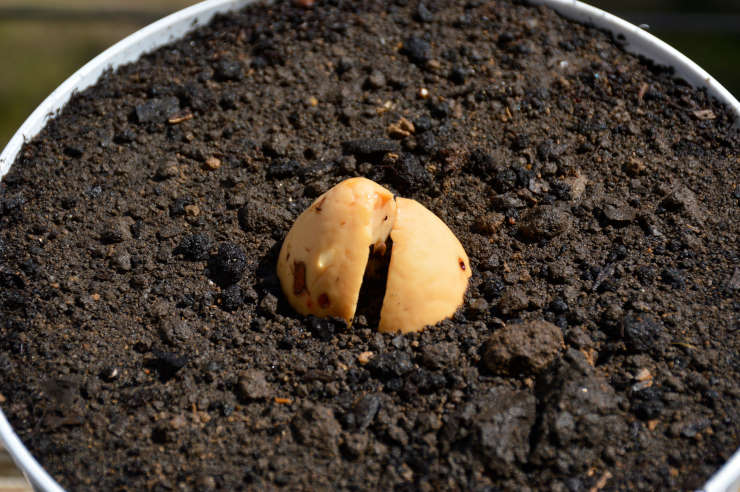
This product grows and ripens at various times depending on its variety. The most important criterion determining that the plant grew ripe is its oil rate. Oil rates can be determined in a laboratory environment; in some countries, the least oil rate in vegetables is 8%. While harvesting, vegetables should be harvested with their stalk, and after they are pulled off, you can cut the stalks with scissors. While harvesting vegetables, you should pay attention and be careful not to harm the vegetable.
How Long Do Avocados Take to Grow From a Seed?
Avocados are cultivated in warm climates, and they love humidity. If your home country is warm and humid enough to grow this vegetable, you can plant a seed for yourself. However, it must not be forgotten that this vegetable takes too much time to grow. They do not require too much maintenance, this might be an advantage for planters. However, I want to remind you again that growing an avocado tree takes at least 5 and at most 13 years.
Can I Grow an Avocado From a Seed From the Store?
This one is an important question that needs an immediate answer. You can grow an avocado from a seed bought from the store, but this plant should only be used as a decorative tree. You can not eat the products of this tree because it will not be productive. To grow a productive tree, you should find organic seeds and plant them appropriately so they can grow well enough to provide a productive tree.
Do You Soak an Avocado Seed Before Planting?
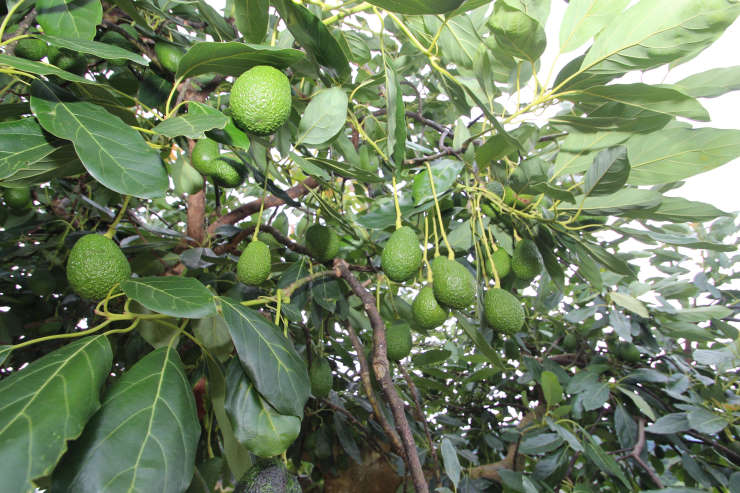
You should soak seeds for 1 or 2 days before planting. This process might seem an unimportant part of the cultivation, but cleaning the seed and soaking it before planting it is crucial. The reason behind that process is that the seed might have some avocado crumbs on it, and cleaning them would be more beneficial for the health of the saplings. After soaking the vegetable for 1 or 2 days, you should peel the skin of this product by using your fingers.
Which Side of the Seed Goes Down?
As mentioned above, planters should plant it vertically while planting a sapling. The upper surface goes up while the bottom surface goes down. This is the most important part of cultivation because if planters do this process incorrectly, the tree can not grow, which means all efforts given by planters go in vain. Therefore, planters are suggested to put the seed in the pit carefully.
Do Avocados Need a Lot of Water?
These vegetables are called the thirsty crop in some countries. That demonstrates so much water they need. The cultivation of them requires too much water. To elaborate on the mathematical statistics of avocados’ water consumption, one kilo of avocado requires 2000 liters of water, equal to about 528 gallons. However, as we mentioned above, this plant should not be irrigated too much at the same time because it may have detrimental effects on the cultivation of the tree.
Conclusion
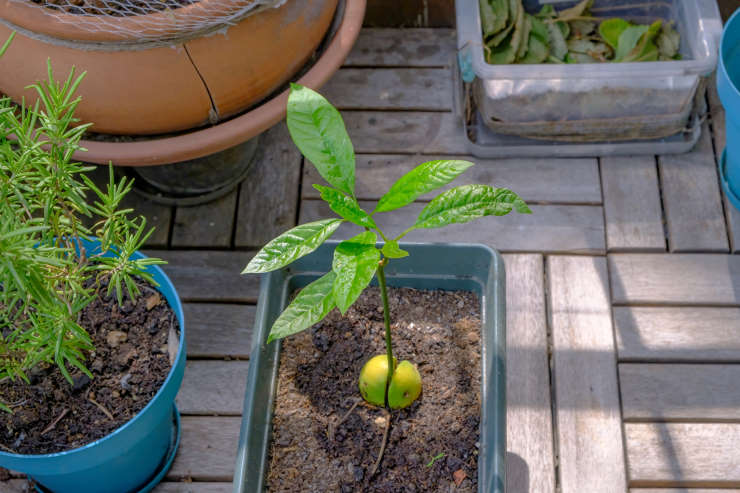
All in all, in this article, we have elaborated on avocados, also called the thirty crops, and we answered the question of how to grow avocados from seed. They are very popular vegetables, especially in South America, and they are produced only in Spain in Europe. They grow too slowly, but the maintenance of this plant is not difficult.
Therefore, it will not be demanding for planters to look after them. Even though taking care of these plants is straightforward, you should not neglect to pay attention to their cultivation. The question of how to grow avocado from seed aroused curiosity among many of you since this plant has been trendy in recent years. Related information is given elaborately in this article.
You may also be interested in:
How to Grow a Pineapple From Seed


